Mixed Results: How Sour Ale Producers Make the Numbers Work
Mixed-fermentation, long-aged sours are among the most prestigious styles in all of beer. The esoteric flavors and lore of Belgian Lambic styles have inspired countless American brewers to look beyond conventional fermentations in search of mystery and glory. It’s an expensive but esteemed branch of brewing, and one upon which many reputations have been built. The only problem? Hardly anyone seems to be buying these beers anymore.
A decade ago, long-aged sours and mixed-fermentation farmhouse-style ales represented a hopeful future of diverse and unusual tastes for a rabidly growing craft segment. Belgian influence loomed large, and flavor terms like “barnyard” and “horseblanket” were being confidently used by people who had never stepped onto a farm in their lives. If the future didn’t look funky, perhaps a meaningful part of it would be. But the growth of this niche segment never materialized.
“I think we fell into this trap that everybody else fell into of thinking that pie was going to keep growing,” says Bret Kollman-Baker, co-founder at Urban Artifact in Cincinnati. When Urban Artifact opened in 2016, it brewed a lot of barrel-aged mixed-fermentation sours, but now focuses almost exclusively on fruited kettle sours. “All the players kept coming in, but the pie stayed the same size, and the slices just got smaller.”
In recent years, even the niche popularity of long-aged sours has waned, and breweries who previously focused on these beers are making adjustments to their business models and—sometimes reluctantly—focusing on other styles. They still have their passionate fans though, and brewers are still finding inspiration and satisfaction in brewing them. So how are breweries who still focus on these styles making them work from a business standpoint, and what do they provide for breweries when they aren’t volume sellers?
Difficult Realities
Tim Shore filled a car-top carrier with wort and strapped it to his trailer when he and his wife, Crystal, moved from Chicago to their current home in Syracuse, New York, inoculating it with airborne yeast as they drove east. In 2018, they opened Buried Acorn Brewing in Syracuse with a plan to focus on blended, oak-aged sours. These were the beers that got him into homebrewing originally.
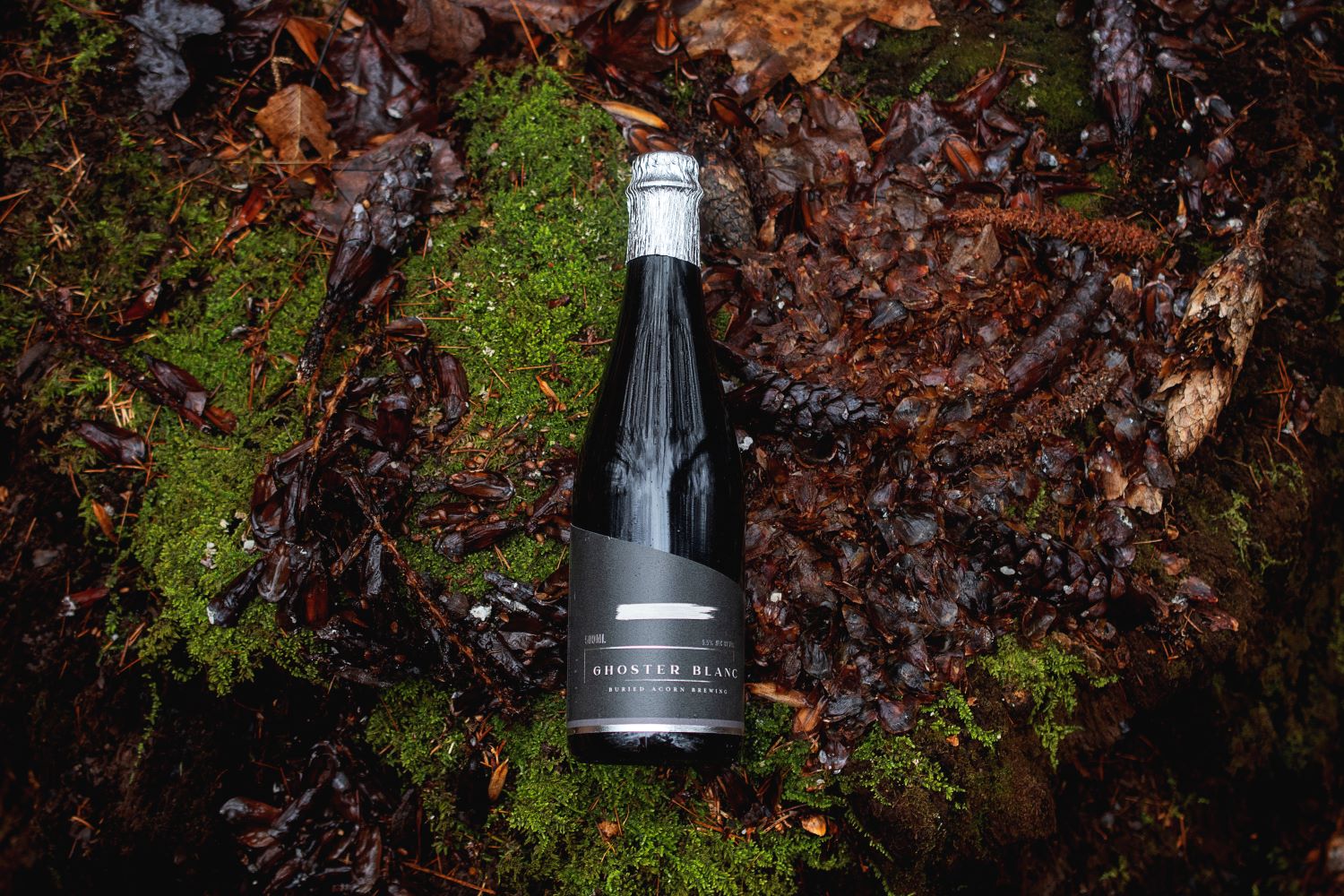
“I did it for me,” he says. “I did it for my family and what we wanted to accomplish from an artistic side of things. But I quickly realized that the consumer is why you make a manufactured product, and that sort of trumped everything.”
Buried Acorn brews about 3,000 barrels of beer annually. Despite his original intentions, only about 10% of that volume is sour, and almost all of that 10% moves through the taproom rather than in distribution.
“It’s really difficult for us to sell the beer that we want to sell,” says Shore.
In Columbus, Ohio, Pretentious Barrel House faces a similar problem, but with potentially higher stakes. While Buried Acorn has other styles to pivot to for sales, such as Hot Whip IPA, Pretentious never planned to brew anything but blended, barrel-aged sours. The challenging nature of these beers is winked at in the name, a self-aware joke that hasn’t always come off.
“When we opened, we thought, ‘If you build it, they will come’,” says founder Josh Martinez. “That was not how it ended up working out. We’ve definitely been making it up as we go.”
Pretentious was the first brewery in Ohio to focus exclusively on wood-aged sours, and they’re brewing at a fairly small scale—just a few hundred barrels annually. Josh’s acumen for blending has paid off with numerous awards, including a coveted FoBAB medal and the Best in Show gold at the 2019 Ohio Craft Brewers Cup. Accolades, however, have not necessarily translated to enthusiasm among casual consumers.
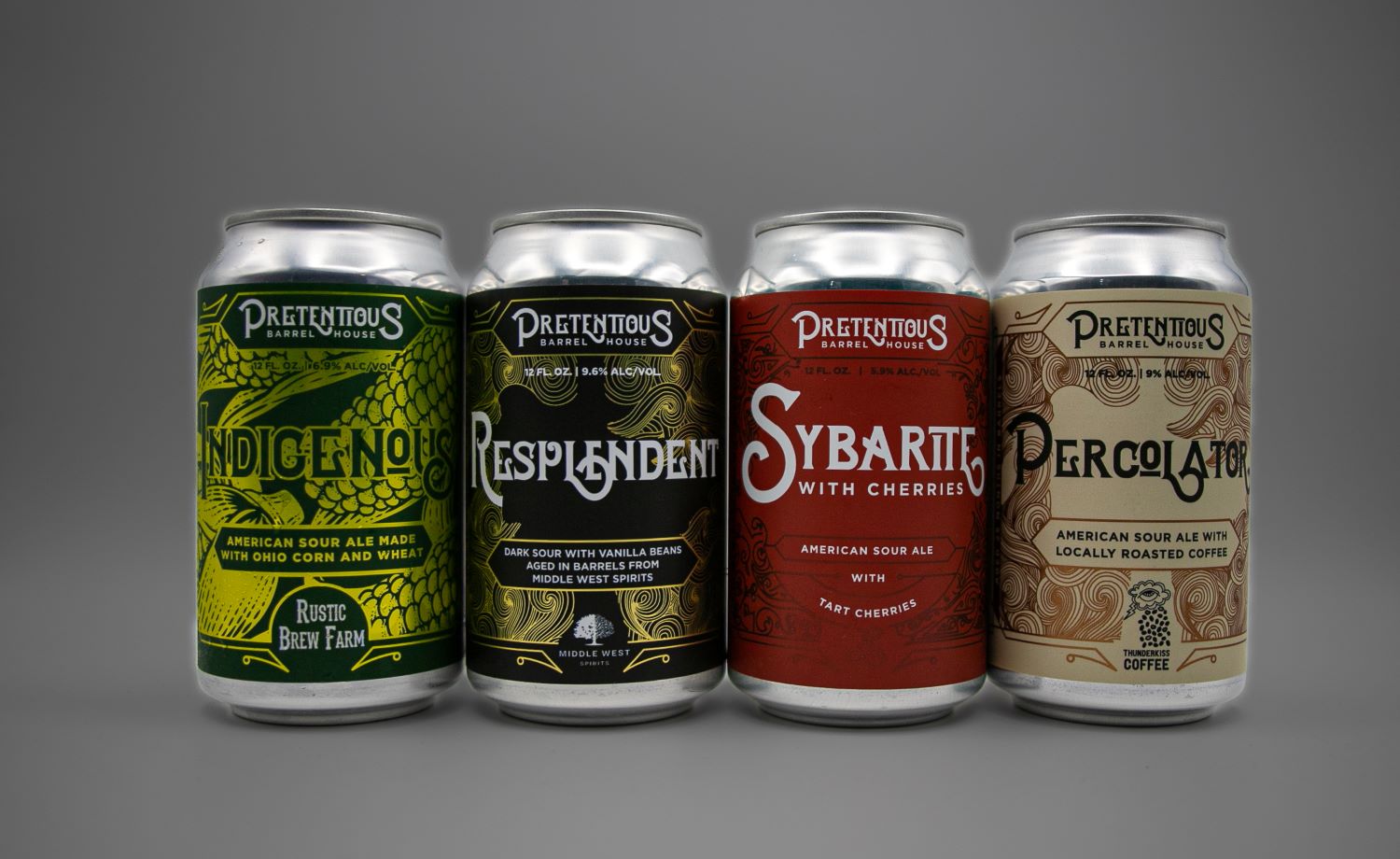
Martinez has noticed visitors expect to be able to get any style of beer they want in any taproom they enter. Still, he has seen success when he’s able to persuade visitors to try his beers, even if they don’t expect to like them.
“We always have someone who got dragged there by someone else, and they’re not excited,” he says. “‘I don’t like sour beer,’ blah blah, but then they end up buying stuff to go after they’ve tasted it.”
At the opposite end of the spectrum in terms of scale, Deschutes Brewery in Bend, Oregon, is best known for legacy brands like Black Butte Porter and Mirror Pond Pale Ale, and for their Fresh family of juicy IPAs. Alongside these 6-pack volume sellers, however, Deschutes still makes time for mixed-fermentation curiosities, and has earned a reputation with beers like The Dissident, a dark sour ale inspired by Belgian Oud Bruin. In 2023, their Neon Butterfly dry-hopped Saison took home a bronze medal in the Brett Beer category at the Great American Beer Festival.
“I know we have a desire to make these beers,” says Ben Kehs, Innovation Brewing Manager at Deschutes. “It’s always been, if nothing else, a challenge, and I would say it’s why I got into beer. For a lot of us, these types of projects were always kind of seen as the pinnacle.”
They’re challenging enough to brew, but perhaps even more so to sell. That has to happen one drinker at a time.
Face to Face
Right Proper Brewing opened in Washington, D.C., in 2015 with a big focus on mixed-fermentation beers. They anticipated those styles would see a surge in popularity that never materialized. Now, no more than 10 barrels of the more than 4,000 barrels they distribute annually is mixed-fermentation.
“To do the beers the way we were doing, which I think is correctly, with long, long, long aging periods, they tasted delicious, but the market for them is so small,” says co-founder Thor Cheston. “Those beers were beloved by us and were really the beers that we enjoyed making and drinking and talking about, but it was not economically viable for our business to continue to produce those products at that scale.”

They’ve had far more success however selling these beers at their brewpub and taproom, where they’re able to move about 150 barrels each year. The mixed-fermentation beers they set out to brew have now been relegated to an on-site experience, but Cheston sees that as a bonus for the brewery. People may come to the taproom or brewpub for the popular IPAs the brewery is now known for, and the mixed-fermentation beers are value-added amenities. They’re something extra you can only get in-person, and in turn those beers benefit from staff members talking a visitor through the experience.
Russian River Brewing in Santa Rosa, California, is best known for groundbreaking hoppy ales like Blind Pig IPA, Pliny the Elder Double IPA, and the rare Pliny the Younger Triple IPA. They’ve long brewed a respected series of what co-founder Vinnie Cilurzo collectively calls “funky beers” however, including the Lambic-inspired Beatification and a series of wine grape-infused, brett-fermented beers called Intinction. Interestingly, while package sales of these beers have slowed in recent years, Cilurzo says draft sales have stayed strong, even for distribution accounts, though it is still a small percentage of their overall distribution volume.
“From a business standpoint, all that beer we sell out of the funky brewery is extra, above and beyond any IPAs and lagers,” he says. “We see it as complementary. A bar will get a [keg of] Pliny and STS Pils, and then throw in a 1/6th barrel keg of something funky.”
Buried Acorn has had to fight to maintain the right to brew these beers. The brewery is just down the street from a large hotel and large shopping mall, and Shore says most of the people who walk through their door are just out looking for a beverage rather than specifically seeking out his brewery. That means having lots of intentional conversations to get people to try new things. Visitors tell the staff they came in because Buried Acorn is the closest place to the mall to get a drink, and are then surprised to be served a three-year-old sour beer. They’re equally surprised when they like it. With patience, this has yielded a small but devoted following for the brewery’s oak-aged beers.
“It’s taken until now to get the wheel rolling with customers coming in for this specific type of beer and understanding its journey,” he explains. “And that’s just me working behind the bar with the staff and talking to customers as they come in. That is one of the most grueling parts of what we do, but also the most rewarding.”
While this slow and steady approach within the taproom has allowed Shore to continue to produce the beers he loves most, 90% of his production is more approachable styles. This has created a distinction between the brewery’s public image in distribution and their identity inside their own building. Shore says it’s a common occurrence for visitors who know them for Hot Whip IPA or a related brand to take one look at the board and ask some variation of “What the hell is this place?” Then the work begins again.
A similar dynamic has played out at Right Proper.
“It took me a while to wrap my head around it, but there’s a very, very big difference between our identity to the customer in our brewpub versus who we are as a brand on the shelves of package and grocery stores and on the menus of restaurants,” says Cheston. Rather than being all things to all people, Right Proper and others are finding opportunities to be specific things to specific groups of people at specific times. And it’s allowing these low-volume beer styles to hang on.
Survival
In order to continue brewing these time-consuming styles, breweries of different sizes have had to make adjustments to make them fit into a profitable business model. For some, that has meant adding or changing product lines, and for others it’s meant making facility or workflow adjustments.
At Pretentious, it’s pushed Martinez to do two things he never thought he’d do: brew lagers and add fruit to his blended sour ales.
Pretentious started offering oak-aged lagers in 2023, and the idea caught on with taproom guests. The beers maintain some of the wood-aging identity of the brewery, while offering an approachable option for visitors who just want a “normal” beer. The lagers now represent about one-third of the brewery’s volume, though their lower cost means their share of dollar sales is much lower. Martinez says adding and growing the lager program has been akin to starting a second business.
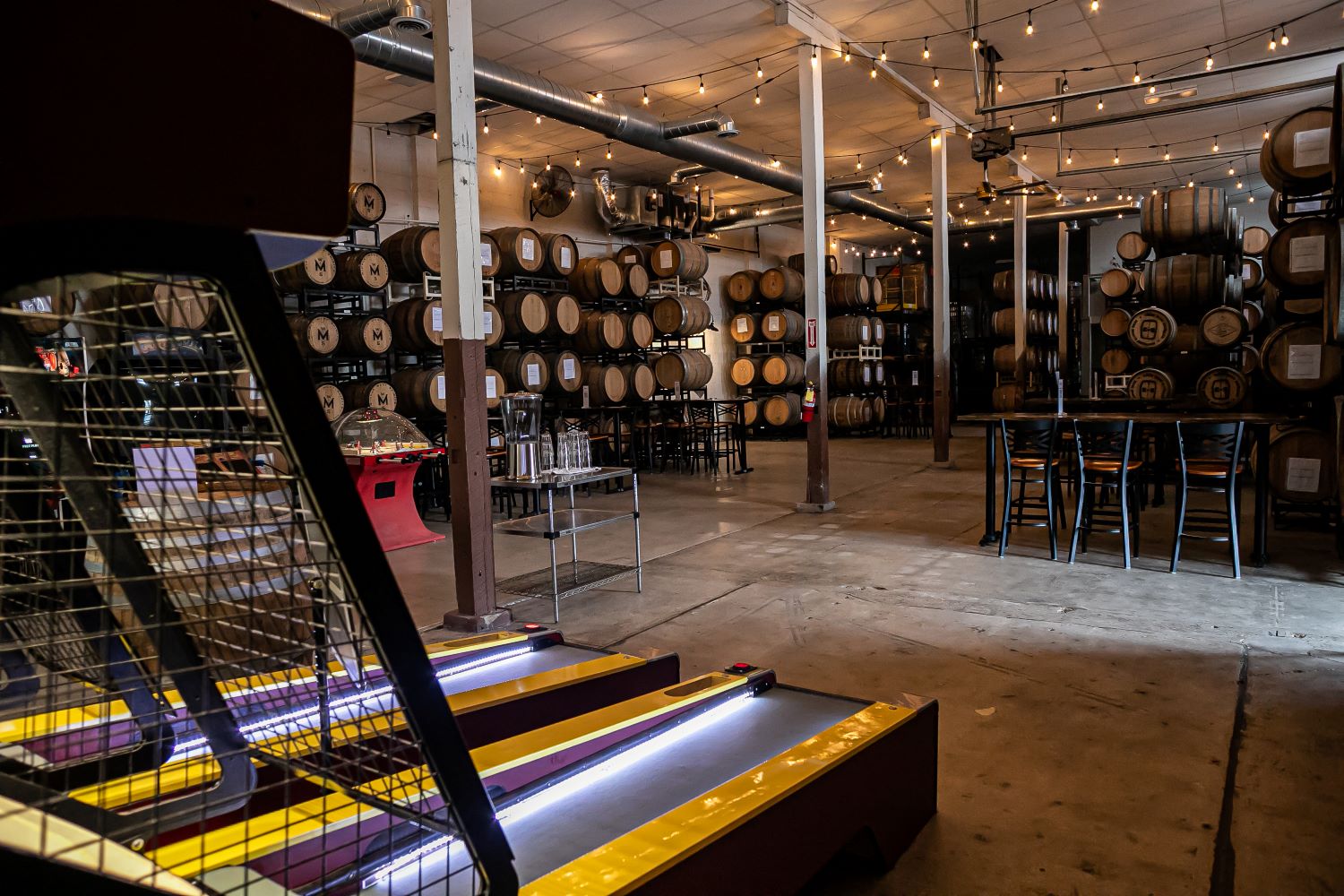
While adding lagers was quite a shift, adding fruit and other adjuncts like vanilla or lactose to his existing sour beers was a much bigger leap for Martinez philosophically. When he recognized the choice was between giving customers what they’re asking for or closing up shop however, he did what he had to.
“We went through this begrudging, angsty teenager phase where we didn’t want to make all these super fruited, lactose, adjunct beers,” he says. “I spend all this time aging and blending this, and then I have to cover it up with all this other stuff. It’s a sacrificing of integrity, but I’d rather sell beer than not sell beer. Who cares if we’re a fruit pie brewery; at least we’re a fruit pie brewery who will be open two years from now.”
Russian River has long brewed both lagers and funky sours, but Cilurzo says he’s seen a flip in the sales percentages for both. Sours used to represent about 10% of the brewery’s production, and lagers were a mere 1-2%. Those number have just about exactly reversed in the last few years. When Russian River opened its new production facility in 2018, they intentionally planned in flexibility to be able to accommodate market changes they couldn’t foresee. As sales of funky beers slowed, Russian River recognized the wing of the facility devoted to these beers was being under-utilized. They split that area into two rooms, leaving one for mixed-fermentation passion projects while turning the other into a lager house.
“A little bit of cleaning and some changes, and now we’re making lagers in what was the cellar of the funky brewery,” says Cilurzo. “We’re still 100% committed to [the funky brewery], we just reshaped what it looked like for us.”
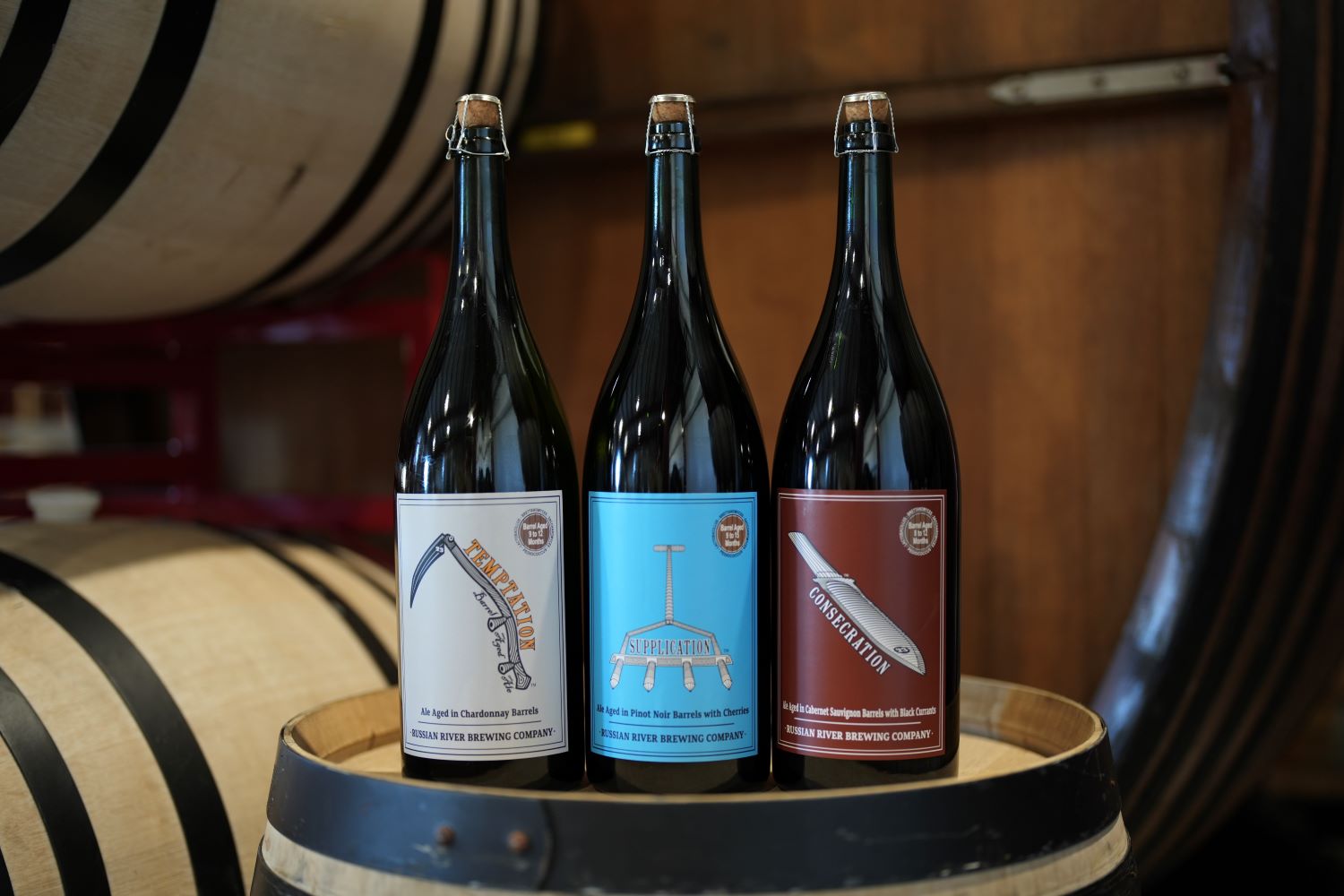
Right Proper made a similar reallotment of space by moving the aged sour program out of their production building and into the brewpub. Pretentious pivoted with their space in a different way; their large barrel room is now rented out as an event space, with the racks of rustic oak barrels providing warm ambiance and photogenic backdrops.
Deschutes has maintained their mixed-fermentation program by finding specific, niche sales channels for these beers. The brewery has had success through direct-to-consumers shipping (they ship to Oregon and D.C., currently), and many of these beers are now offered to their Cellar Door Society bottle club. Enthusiasm from these devoted fans has reassured the brewery there is still a consumer for these beers.
“It might not be in the hundred of barrels per release that we saw back in the day,” says Kehs. “But we have these release parties for our Cellar Door Society once a year, and when they’re on site, it’s still very clear to us that they have a desire for these beers, as long as we continue to pursue how to get these into the hands of the folks who really love these styles and then just tailor our volumes accordingly.”
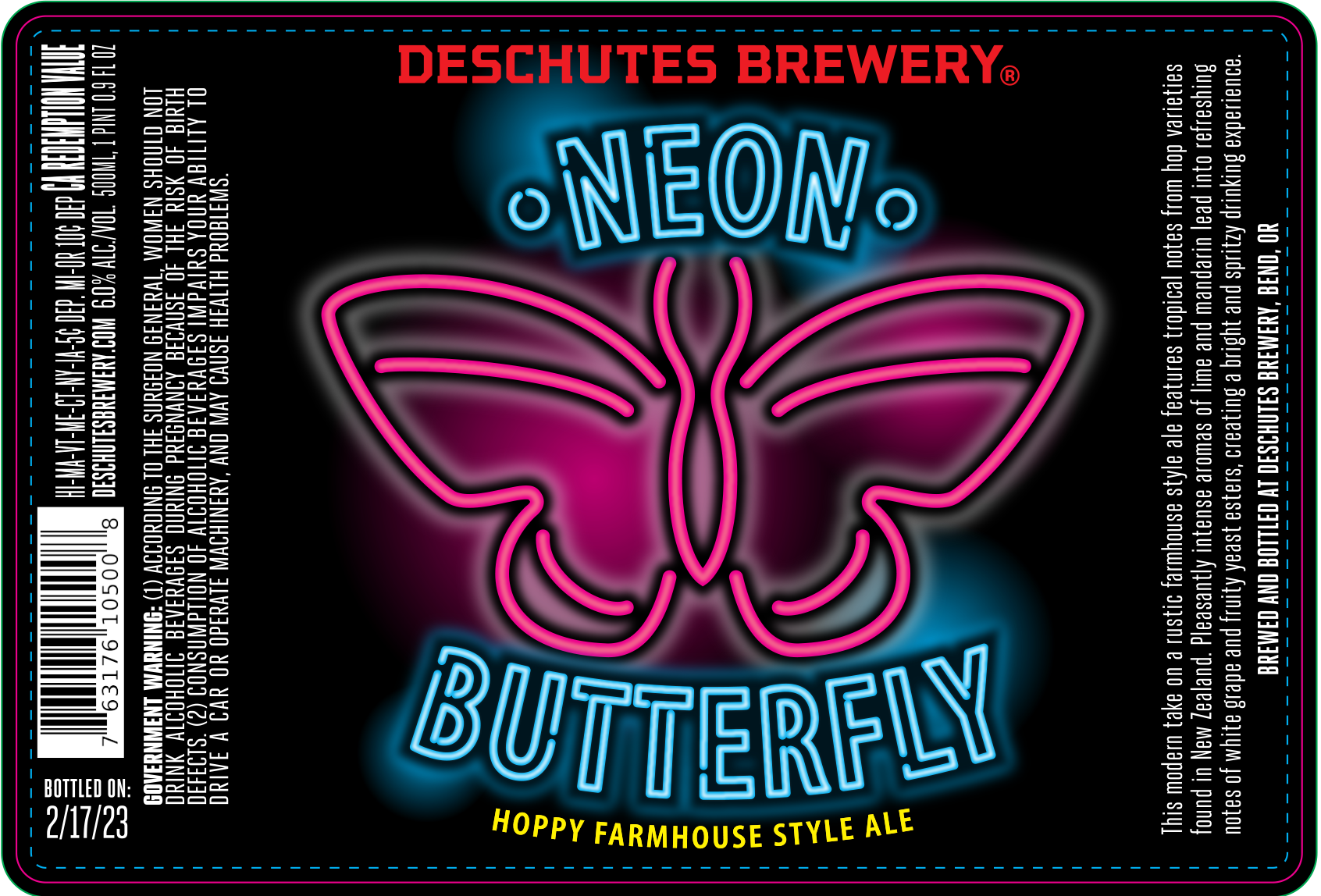
The Why of It All
While brewers have proven to themselves it is possible to sell a small amount of mixed-fermentation beer each year, the perhaps indelicate question remains: why bother? For small breweries fighting each month to keep the lights on and larger, regional breweries selling ten or hundreds of thousands of barrels each year, what is the value proposition in these small-batch beers that are expensive to make and difficult to sell?
At Right Proper, Cheston sees these beers as creative outlets for his brewers, something they can pour passion into when the day to day realities of professional brewing aren’t providing that spark. When your job is to produce the same products repeatedly to exactly the same specifications, having a labor of love to tinker with can keep up morale.
“These folks didn’t get into this industry to clean and measure and push the same buttons every single day,” he says. “Having the pubs is a creative outlet for them. I tell them, ‘I don’t care what you make at the pubs. You don’t even need to check with me. If we’re hitting our targets, you can do whatever the hell you want.’”
Related, Cheston says these beers also provide unique collaboration opportunities, particularly with restaurants or other local partners who want to incorporate unusual culinary ingredients.
At Buried Acorn, Shore similarly sees the production of aged sour ales as a morale boost, for no one more so than himself. Owning and running a brewery is stressful and difficult, and holding onto the thing that got him into beer in the first place is part of what keeps Shore going. When he sees on the calendar there’s a day coming up when he’ll get to taste and blend his oak-aged treasures, it buoys him through the monotony of day to day operations.
“I’m like, ‘Oh, I’m tasting oak barrels next Thursday, I can’t wait. I just make all these stupid IPAs for another 10 days, and then I get to go and explore and really make something that I believe is world class.”
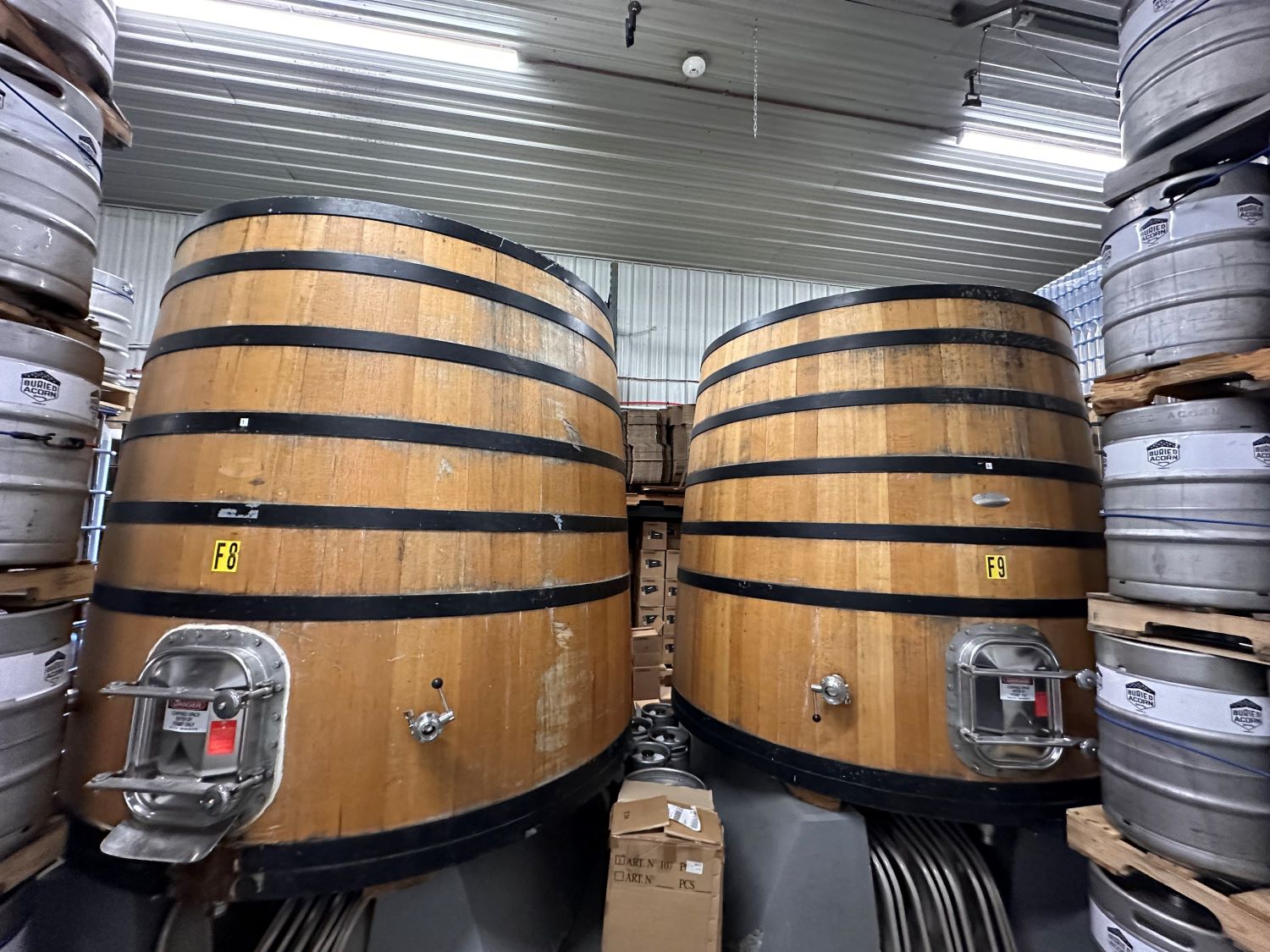
For a brewery the size of Deschutes, the mixed-fermentation program also offers an opportunity for innovation. Allowing the brewers to brainstorm and experiment can lead to new ideas for core or seasonal products, and demonstrates to the consumer that even at their scale, Deschutes is still having fun and pushing boundaries. That, in turn, can boost the brewery’s image among beer lovers, garnering prestige and potentially earning sales for its volume brands.
At GABF in 2023, Deschutes poured Neon Butterfly at its booth. It’s a small volume beer, but they wanted it on hand in case the beer earned a medal. And it did.
“We want to have it out in front of our consumers to kind of show off as much as we can,” says Kehs.
“We Still Love These Beers”
Mixed-fermentation beers still clearly play a role for many breweries big and small, despite their challenges. The trick is in recognizing what that role is, and adjusting accordingly.
“We still love these beers,” Cilurzo tells me, going on to explain he still handles the funky project himself, doing all the barrel-emptying and tasting and blending. He knows it’s a small part of his business, but it’s a part he loves, and he knows there’s a small but devoted group of customers who feel the same. “You don’t have to be all things to everybody. We make IPA pretty well. We make damn good lagers. We make some good funky beer. We’re big believers in staying in our lane and knowing what that lane is.”
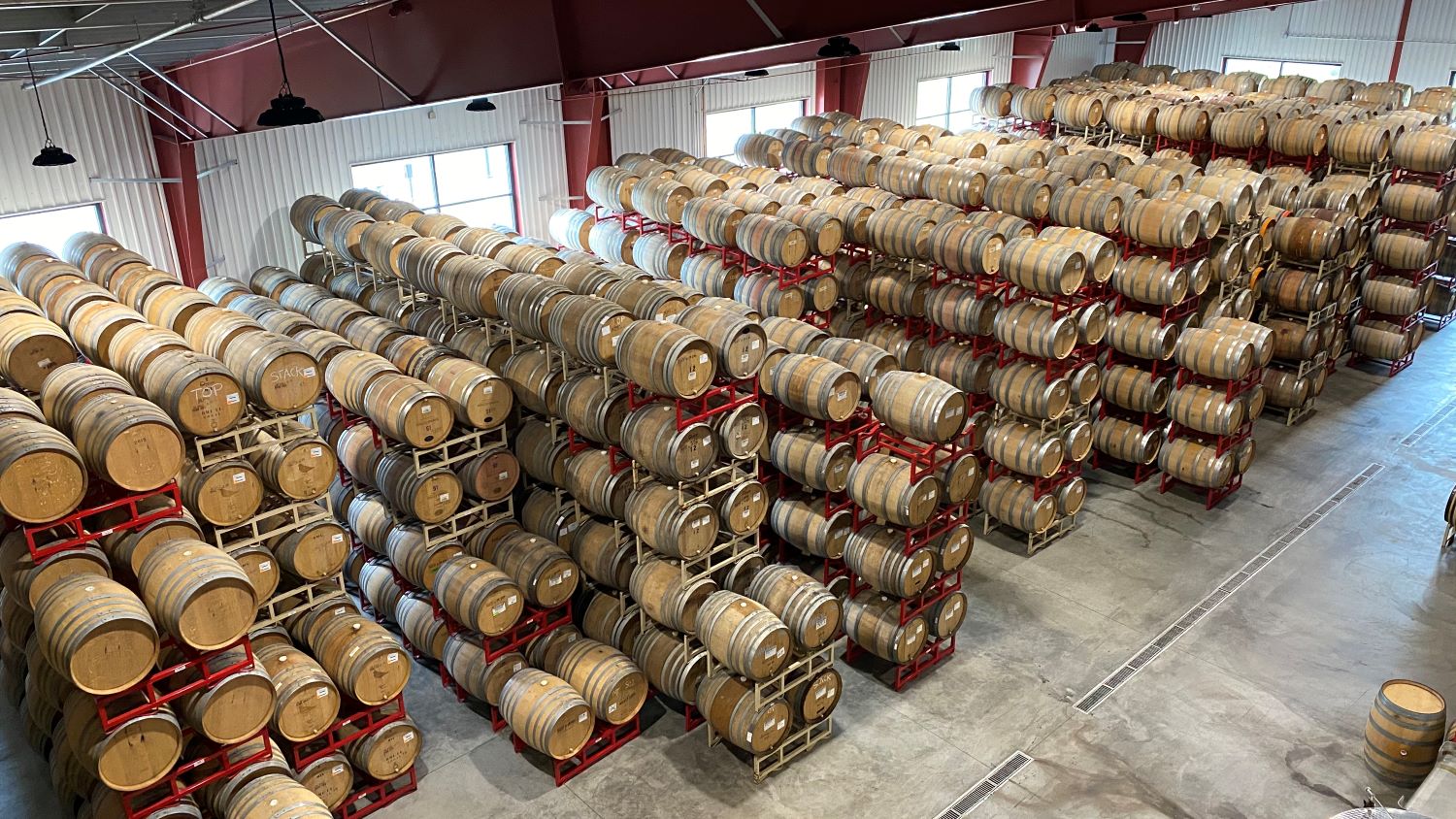
After sharing the challenges Right Proper has faced in selling mixed-fermentation beers and the changes they’ve had to make in order to justify brewing them, Cheston asserts there is still a place for these beers, and says he hopes he and other brewers can preserve these methods and flavors.
“I would not want people who are interested in making these beers professionally to be discouraged from pursuing this; please pursue keeping this alive. It’s about keeping expectations in check.”
Beer styles requiring the time, space, and expense of these mixed-fermentation ales seem destined to be labors of love for their producers. They defy consistency and resist efficiency, but they also encourage creativity and reward curiosity. They aren’t—and never were—the next IPA, but there’s room for a lot of smaller lifeforms to find their evolutionary niche in the shadow of that colossus, and thankfully, many dedicated brewers are keeping them alive, one barrel at a time.
Cover photo courtesy of Russian River Brewing.


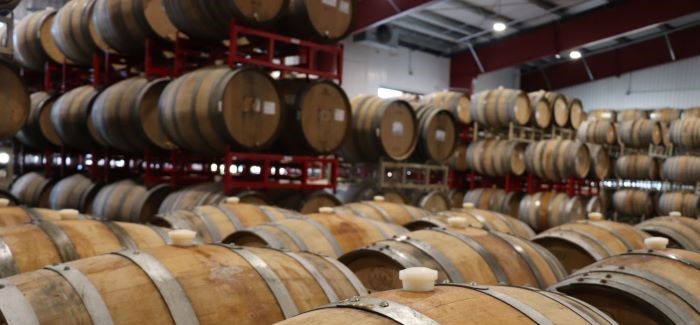

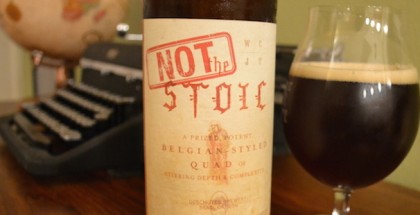

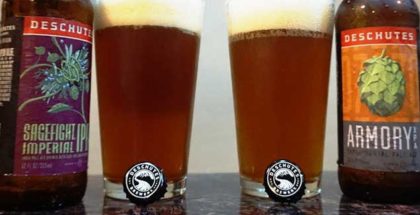
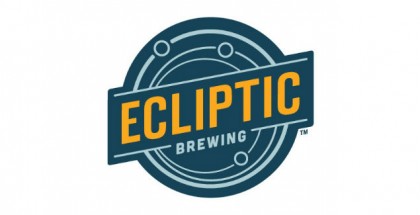
Submit a Comment